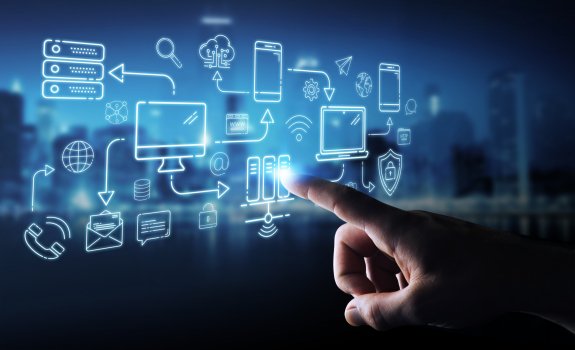One small silver lining from the disruption of the past 18 months is that it’s turned the spotlight onto the spaces we occupy, from office blocks to campuses, forcing us to contemplate how they could be made safer, healthier and better for the environment. Cleaner air through sophisticated ventilation systems and crowd management to reduce unnecessary contact are two obvious responses to COVID-19 that are being floated in countries around the world, but these advances are also giving way to other potential ways to improve our learning spaces and increase the wellbeing of students and staff.
How smart building technology is already changing the game
Until recently, smart building technology has only largely been leveraged in corporate offices or private residences. It’s only in the past five-to-10 years that the true potential of smart technology has started to be realized in terms of health and wellbeing, not just convenience. For instance, some schools in the US and parts of Europe have already been using smart technology to measure their energy use and efficiency, streamline building maintenance, carry out automated head counts and control HVAC systems. These technologies are now beginning to play a pivotal role in ensuring that buildings remain healthy spaces to work and learn, diminishing the risk of catching everything from the common cold to COVID-19. For instance, smart management systems tend to have sensors on board that can monitor and control humidity, temperature and indoor air quality, whilst also checking on the level of carbon dioxide and other pollutants in the air. According to Deloitte, data collected from these sensors can even be used to determine which areas in a building might need the most cleaning. It’s the perfect marriage of convenience, efficiency and wellbeing.
Continue reading: https://edtechnology.co.uk/comments/smart-building-technology-create-healthier-learning-environments/
How smart building technology is already changing the game
Until recently, smart building technology has only largely been leveraged in corporate offices or private residences. It’s only in the past five-to-10 years that the true potential of smart technology has started to be realized in terms of health and wellbeing, not just convenience. For instance, some schools in the US and parts of Europe have already been using smart technology to measure their energy use and efficiency, streamline building maintenance, carry out automated head counts and control HVAC systems. These technologies are now beginning to play a pivotal role in ensuring that buildings remain healthy spaces to work and learn, diminishing the risk of catching everything from the common cold to COVID-19. For instance, smart management systems tend to have sensors on board that can monitor and control humidity, temperature and indoor air quality, whilst also checking on the level of carbon dioxide and other pollutants in the air. According to Deloitte, data collected from these sensors can even be used to determine which areas in a building might need the most cleaning. It’s the perfect marriage of convenience, efficiency and wellbeing.
Continue reading: https://edtechnology.co.uk/comments/smart-building-technology-create-healthier-learning-environments/

